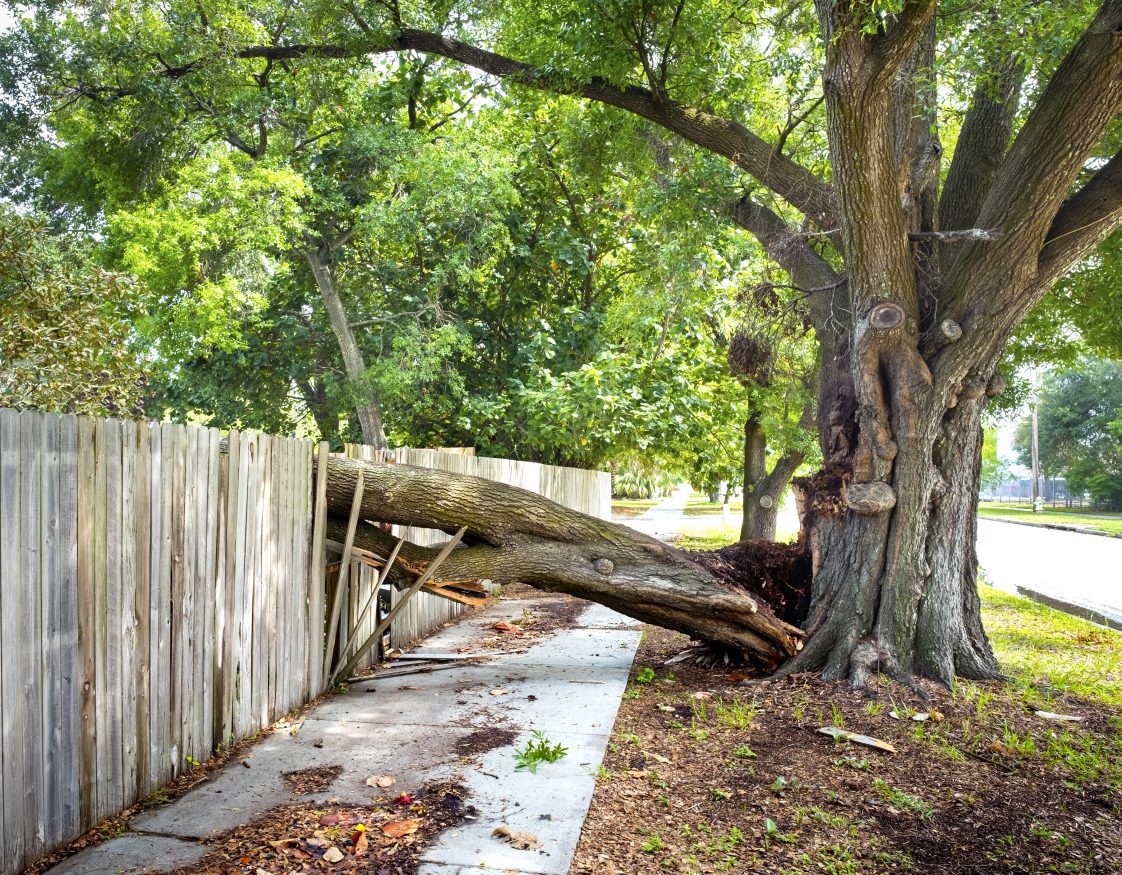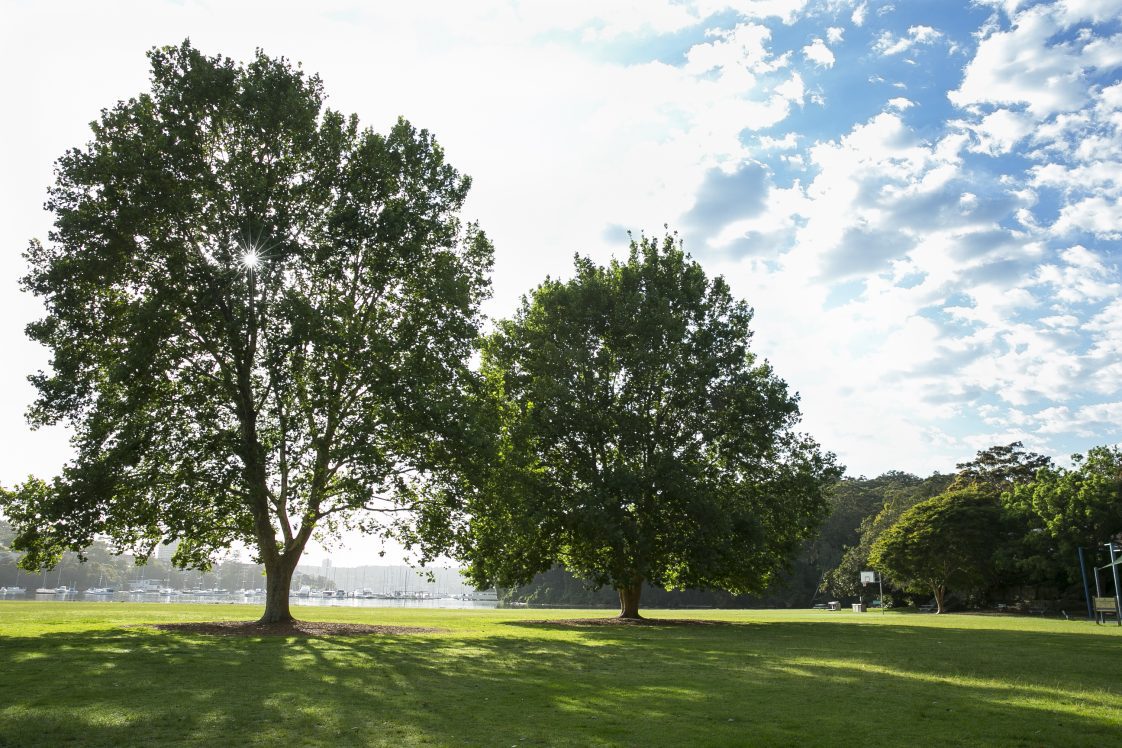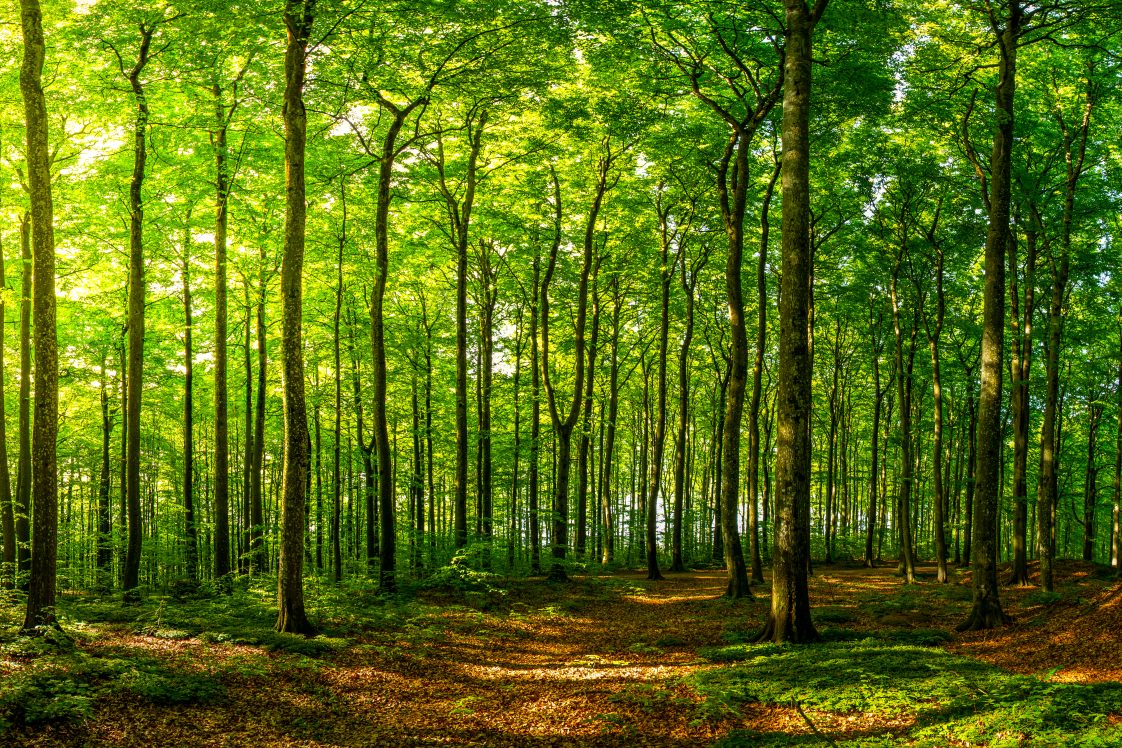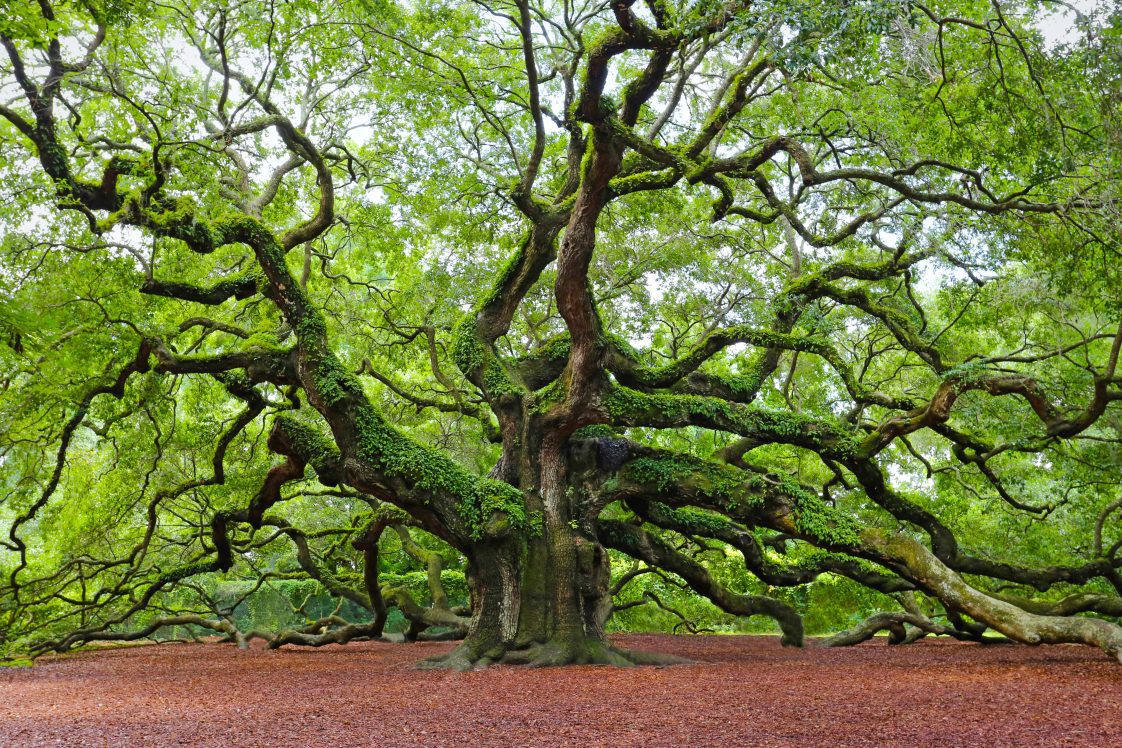Forestry

City foresters and arborists bear responsibility for identifying “hazard” trees and mitigating or preventing the risks that these trees pose to the public. Hazard trees have reduced mechanical stability or their structural components (e.g., branches, stem and roots) have reduced stability because of defects created due to biotic and abiotic factors. This Extension publication is a part of a series that presents and discusses hazard trees and risk assessment programs. Specifically, this publication focuses on the growth characteristics of hazard trees (crown structure, tree age and size, tree life history, and growing environmental effects). It is a valuable resource for decision and policy makers in cities and municipalities, urban foresters, certified arborists, and the general public.
The identification of hazard trees can be a subjective process and involves three components: (a) a tree that can potentially fail in parts, such as branches, or as a whole; (b) a growing environment that may promote failure; (c) a target, such as a person or an object, that would be harmed or damaged. If there is no target that could be impacted, a tree cannot be a hazard. Following are growth characteristics of potential hazard trees.
Crown Structure
The crown of trees includes their branches, foliage, and a portion of the stem. The two main types of crown structure are excurrent and decurrent. Trees that exhibit an excurrent form possess a distinct central trunk and a leading shoot with lateral branches that are shorter and thinner compared to the main trunk (this is called apical dominance in tree physiology and is the result of the inhibition of lateral bud development due to growth inhibitory hormones from the leading shoot). Most conifers, sweetgum trees (Liquidambar styraciflua) and some species of Araucaria genus have excurrent form. Trees with decurrent form usually have no clear main stem, and they may have several codominant branches that have about the same diameter and length and often the same diameter as the main stem. These trees have a vase-shaped or rounded crown form and are mostly hardwood species (maples, oaks, etc.). Initially, all trees begin with an excurrent form (figure 1) when they are young, but as they grow older, most transition to a decurrent form.
For excurrent trees, the main stem and the terminal leader at the tree top are important in risk assessment. If there is a defect in the main stem or the terminal leader is dead, the upper parts of the tree are more likely to fail. When the terminal leader is dead, multiple leaders will develop with weak branch attachments.
- Figure 1. Most conifers have excurrent crown form. They have a well-defined main stem and a terminal leader with lateral branches smaller in diameter and length than the main stem.
- Figure 2. Open-grown oak trees typically have a decurrent crown form. They may lack a clear main stem and may have several codominant branches of similar size.
- Figure 3. Codominant branches with included bark at the union. This type of branch attachment is weak, and the branches are more likely to fail due to a strong wind.
In decurrent trees (figure 2), branches that are codominant and have a similar diameter with the main stem are more likely to fail, especially if the shape of the branch union is V-like because the wood tissues developed at the branch union have reduced structural strength. This type of V-like branches often has included bark, which is bark tissue within the branch union creating a crack. Codominant branches (figure 3) and branches forming weak attachments should be pruned, preferably when a tree is young because the pruning scars can be healed more easily, and the tree will be “trained” to have a structurally sound crown form. Trees with decurrent form should have sufficient space between their branches, both horizontally and vertically.
Tree Age and Size

Figure 4. Mature trees are typically bigger and less vigorous, with a reduced ability to compartmentalize decay. They fail more frequently compared to young trees under the same mechanical loads.
Trees have a finite lifespan. Unlike annual and biennial plants, they do not have a genetically programmed death. Urban trees rarely reach their maximum potential longevity compared to their rural forest counterparts due to the often stressful urban growing conditions.
As trees become mature and bigger, their growth patterns and mechanical stability change. Old, mature trees have a reduced ability to seal and abandon wood following injury and decay, a biological process known as compartmentalization in tree biology. Therefore, mature trees are more vulnerable to internal decay. The reduced ability of mature trees to compartmentalize is why pruning large branches of these trees is not preferable. In general, depending on the species, old trees are bigger in size and fail more frequently (figure 4) compared to young trees under the same conditions.
Tree Growth Rate
Based on their life history, trees can be categorized into fast growing and slow growing species. Trees that grow fast allocate more resources in energy required for their growth while they allocate a smaller amount of resources to defense structures. These trees can grow faster than the pathogens that affect them. However, as trees age, their growth rates decline, and they can no longer develop more tissues than the tissues damaged by decay organisms. This makes them more likely to fail, and they are typically short-lived trees. Willow trees (Salix sp.), alders (Alnus sp.), and poplars (Populus sp.) follow this life history pattern.

Figure 5a. Open-grown trees develop a squat form and allocate more resources in crown growth to dissipate wind loads more effectively.
Slow-growing tree species allocate more resources to defense. Specifically, trees that grow slowly can defend against pathogens because they can compartmentalize injured wood more effectively, and they accumulate chemical compounds in their leaves that make them undesirable to pests. Trees that follow this life history pattern are typically long-lived and are mostly conifers, oaks (Quercus sp.), and madrones (Arbutus sp.).
Growing Environment
Open-grown urban trees have a squat form (figure 5a) meaning strong stem taper and large crown. Open-grown trees tend to allocate more resources to crown growth as opposed to their short trunk (i.e., the part of the stem up to the crown base) because this form allows them to dissipate strong wind loads more effectively while maintaining their mechanical stability. Well-tapered trees can better withstand wind because they distribute loads through their stem length. In some species, branches that are not well tapered are more likely to fail if there is too much weight accumulated at the branch tip (e.g., ice and snow loads), and the failure will often occur several feet from the branch base.

Figure 5b. Forest-grown trees are protected from strong winds by their neighbors. They develop a spindly form to reach the upper canopy of the forest to capture more sunlight.
Trees growing in urban forest patches (closed-canopy urban forest stands) tend to have a spindly form (figure 5b) because they allocate more resources in height growth to reach the upper layers of the canopy where they have more access to sunlight. Trees in forest stands are limited for sunlight and are protected from strong winds by their neighbors, whereas open-grown trees are typically not limited for sunlight and need to cope with strong wind loads. Trees growing at the edges of urban forest patches (e.g., trees at the edge of parks next to a street) usually develop a bowed stem and asymmetric crown to capture more sunlight on the side where they have no tree neighbors. Although these trees develop strong reaction wood to support their asymmetric crowns, they are weak to strong winds and excessive snow, ice, and rain due to the unbalanced crown.
Conclusions
Risk assessment of urban trees is critical to ensure public safety. Hazard trees are trees that exhibit decreased mechanical stability, often due to structural defects caused by various biotic and abiotic factors. The growth characteristics of trees should always be considered during risk assessment. Particularly, the crown structure, the tree age and size, the growth rate of different species, and the growing environment must be carefully evaluated.
Suggested Literature
- A Photographic Guide to the Evaluation of Hazard Trees in Urban Areas, 2nd Edition by Nelda P. Matheny and James R. Clark.
- Arborists’ Certification Study Guide, 4th Edition. Copyright © 2022 by International Society of Arboriculture.
 Georgios Arseniou, Extension Specialist, Assistant Professor, Forestry, Wildlife, and Environment, Auburn University
Georgios Arseniou, Extension Specialist, Assistant Professor, Forestry, Wildlife, and Environment, Auburn University
New August 2024, How Tree Growth Affects Tree Failure, FOR-2163




